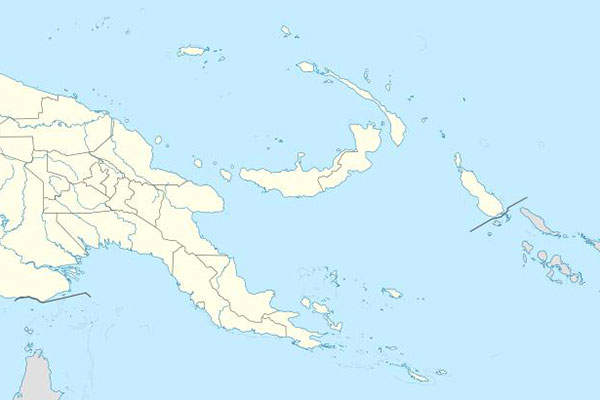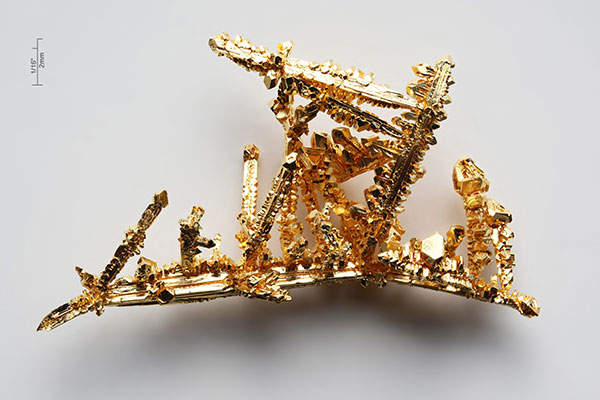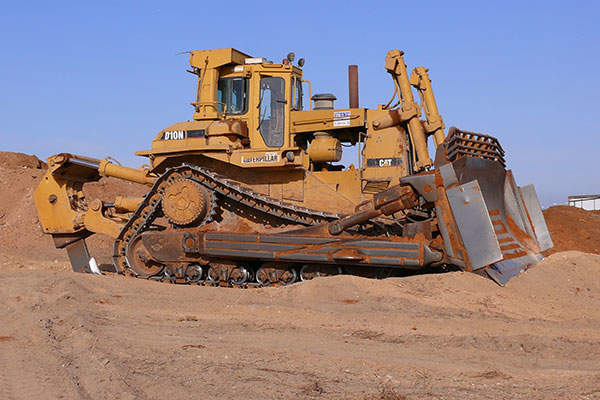The Simberi gold mine is located on the Simberi Island in the Tabar Islands Group, New Ireland Province of Papua New Guinea (PNG). The mine lies approximately 60km north-west of the Lihir Gold Project, which is one of the top ten biggest gold mines in the world.
Commercial production at the Simberi open-pit mine commenced in 2008. The mine is expected to have an oxide production capacity between 80,000oz to 100,000oz per annum and a sulphide production capacity between 180,000oz and 200,000oz per annum.
St Barbara acquired Allied Gold Mining Company, which fully owns the Simberi mine, in September 2012. The mine is expected to have a mine life of nine years and currently employs approximately 700 members.
Simberi mine location, geology and reserves
The mine is located in the Pacific Rim of Fire, which is one of the world’s proven and most prospective gold jurisdictions. It is located in the mining lease ML136, which was granted in December 1996 for a period of 12 years. The lease was further extended in May 2007 for a period of ten years from December 2008 to December 2018.
Located in the provinces of Sandaun and East Sepik in Papua New Guinea, one of the biggest copper and gold deposits found in the Asia-Pacific region.
The mine comprises seven deposits namely Bekou, Samat, Botlu, Pigibo, Pigiput, Pigicow, and Sorowar. Deposits contain oxide and sulphide material as major elements, and transition material as a minor element.
Gold mineralisation at Simberi is associated with sulphides and iron oxides occurring within hydraulic fractures. In the oxidised zone, high grade gold occurs as rare vuggy and chalcedonic quartz. Gold mineralisation in the sulphide zone consists of refractory gold hosted by pyrite or marcasite containing scarcer arsenopyrite at depth.
As of June 2013, the mine was estimated to contain proven and probable reserves of 50.44Mt of ore graded at 1.4g/t of Au, which is equivalent to 2.2Moz of gold.
Mining and processing of ore at the Simberi gold mine
The Simberi open pit mine follows conventional load and haul mining method. Most of the mining is conducted at the oxide deposits of the Sorowar pit, which is the region’s largest oxide pit. Ore from the mine is transported to the processing plant by an aerial conveying system.
Ore is delivered to the run of mine (ROM) pad where it is crushed and conveyed down through a 2.7km rope conveyor to a stockpile near the processing plant. Material is transported to the processing plant either by 40t articulated dump trucks along the haul road or by a suspended aerial conveying system.
The mining fleet consists of Cat 740 articulated trucks, Cat 725 articulated trucks, Cat 330 excavators, Komatsu PC450 LC-7 excavators, Cat D10N dozers, Cat D9N dozers, and Cat D6R dozers.
The oxide processing plant has a processing capacity of 3.5Mtpa and implements traditional Carbon in Leach (CIL) process with five CIL tanks. The plant also comprises a SAG mill to lift the gold output over time towards a run rate of 100,000oz per annum.
Commissioned in 2008, the initial plant was designed as a 2Mtpa plant with a gold recovery rate of more than 92%. It was further expanded to 3.5Mtpa in December 2013.
A bankable feasibility study is also being prepared to develop a 1.5Mtpa sulphide processing facility for treating and recovering gold from the sulphide ore.
Infrastructure facilities at the Simberi gold mine
The infrastructure at the mine includes a 20m long concrete wharf on the northern side of Pigiput Bay. Ships with up to 6.5m draft can be received and offloaded and a 110t crawler crane is used to unload the containers at the wharf. MV Lady Geraldine, a barge owned by the company, transports freight regularly to Lae and Rabaul from the mine.
Power required for mining and processing activities is supplied by the company-owned and operated heavy fuel oil station, which consists of seven 1.5MW Wartsila HFO fired gensets.
Potable water for the camp and the main treatment plant is obtained from a spring and from a water bore.
The processing plant, offices, and camp accommodation are located at Pigiput Bay on Simberi Island. Workers are housed at the 200-person capacity accommodation centre.
Contractors involved
MSP was engaged to provide construction services to Allied Gold for the gold project.
GR Engineering Services was engaged by Allied Gold for conducting feasibility study for the sulphide resources at the mine. Allied Gold also engaged GHD to conduct the feasibility study.
Golder Associates prepared the revised technical report for the gold project. Capital Drilling was engaged for drilling at the mine.







